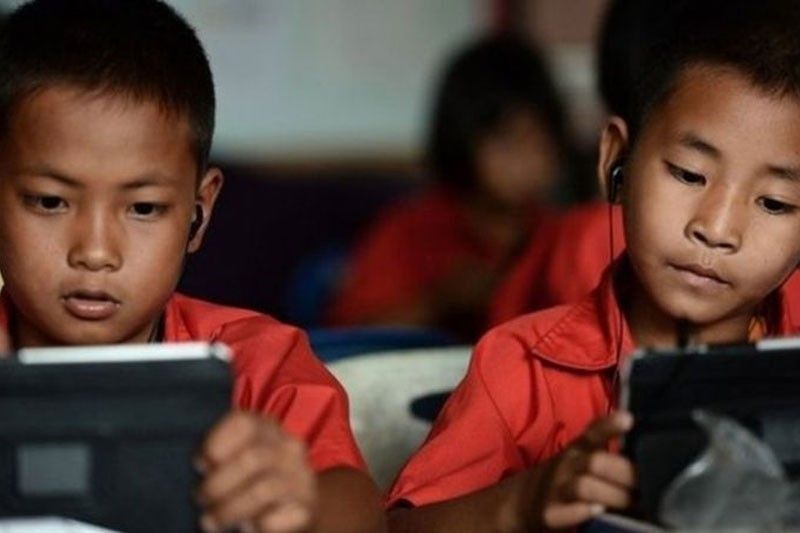Cyberbullying affects 1 in 10 children globally — report

MANILA, Philippines — With the presence of social networking platforms, cyberbullying remains to be a growing problem that affects one in 10 children globally, according to a United Nations report.
The 2019 United Nations Educational, Scientific and Cultural Organization (UNESCO) report titled “Behind the Numbers: Ending School Violence and Bullying” also showed that 32 percent or one in three students experienced bullying by their peers at least once in the last month.
“Globally, one in three children experiences bullying and a similar proportion are affected by physical violence,” the report said.
The report said physical bullying is the most frequent type of bullying in many regions.
“Bullying is unacceptable and is getting worse online,” said UNESCO director general Audrey Azoulay.
The report cited the Global Kids Online study that found that among nine to 17-year-old internet users, 35 percent reported online hurtful behavior in Serbia; Philippines, 29 percent; South Africa, 20 percent, and seven percent among 13-17 year old internet users in Argentina.
Data from the Philippines, Argentina, Brazil, Serbia and South Africa also showed that between 12 and 22 percent of children received messages with sexual content.
Cyberbullying includes mean messages, postings, e-mails and text messages or creating a website that makes fun of students and posting inappropriate pictures without permission.
The Global Kids Online survey used online hurtful behavior instead of cyberbullying. The students were asked about their experience of different types of bullying: physical, psychological, sexual and cyberbullying.
Bullying is characterized by an aggressive behavior that involves unwanted, negative actions and imbalance of power or strength between the perpetrator or perpetrators and the victim.
For a student to be considered a victim of bullying, aggression should occur at least once or twice a month or more.
Boys are more prone to physical bullying while girls are more likely to experience psychological bullying.
Children who are perceived to be different are more at risk of bullying. Key factors include not conforming to gender norms, physical appearance, race, nationality or color.
A significant increase in bullying among male students was noted in four countries: the Philippines, Myanmar, Oman and the United Arab Emirates (UAE).
Among female students, a significant increase was identified in the Philippines, Egypt, Kuwait, Mongolia, Morocco, Myanmar, Rodrigues (Mauritius), Thailand and UAE.
The report said bullying prevalence rates for both male and female students increased in Myanmar, UAE and the Philippines.
- Latest
- Trending


























